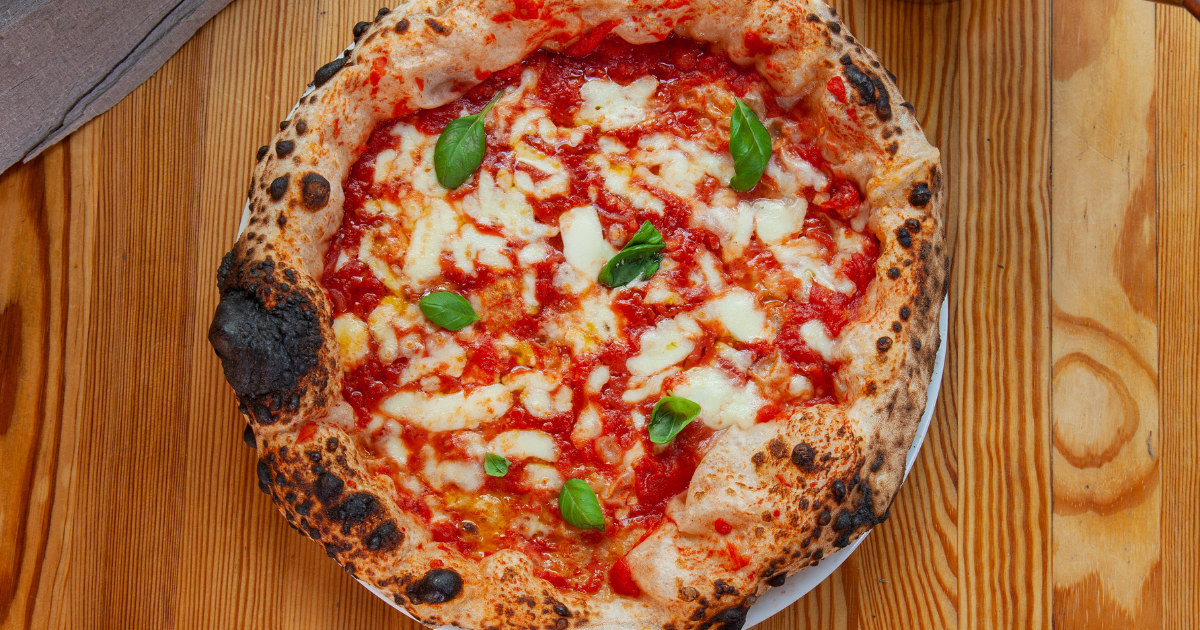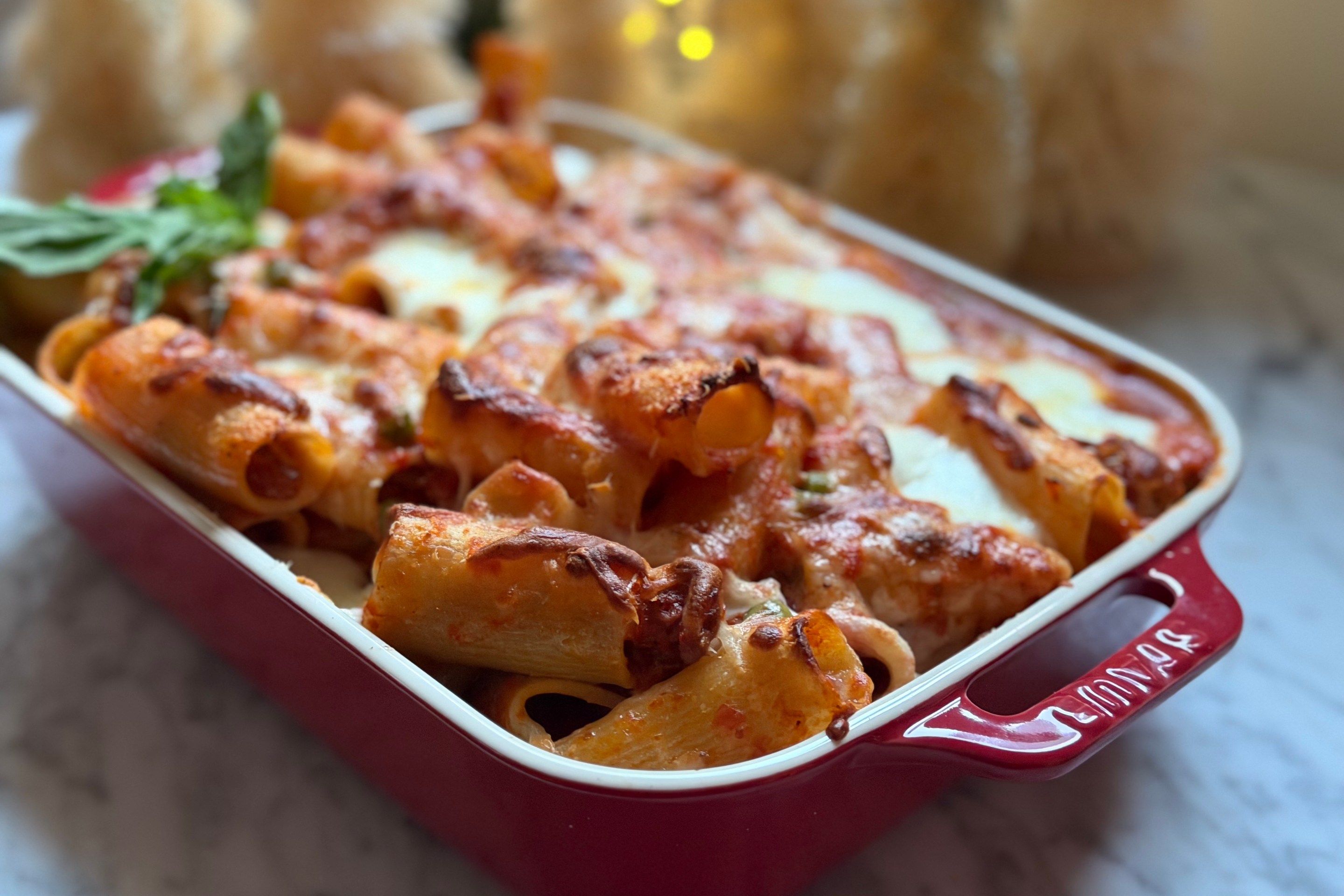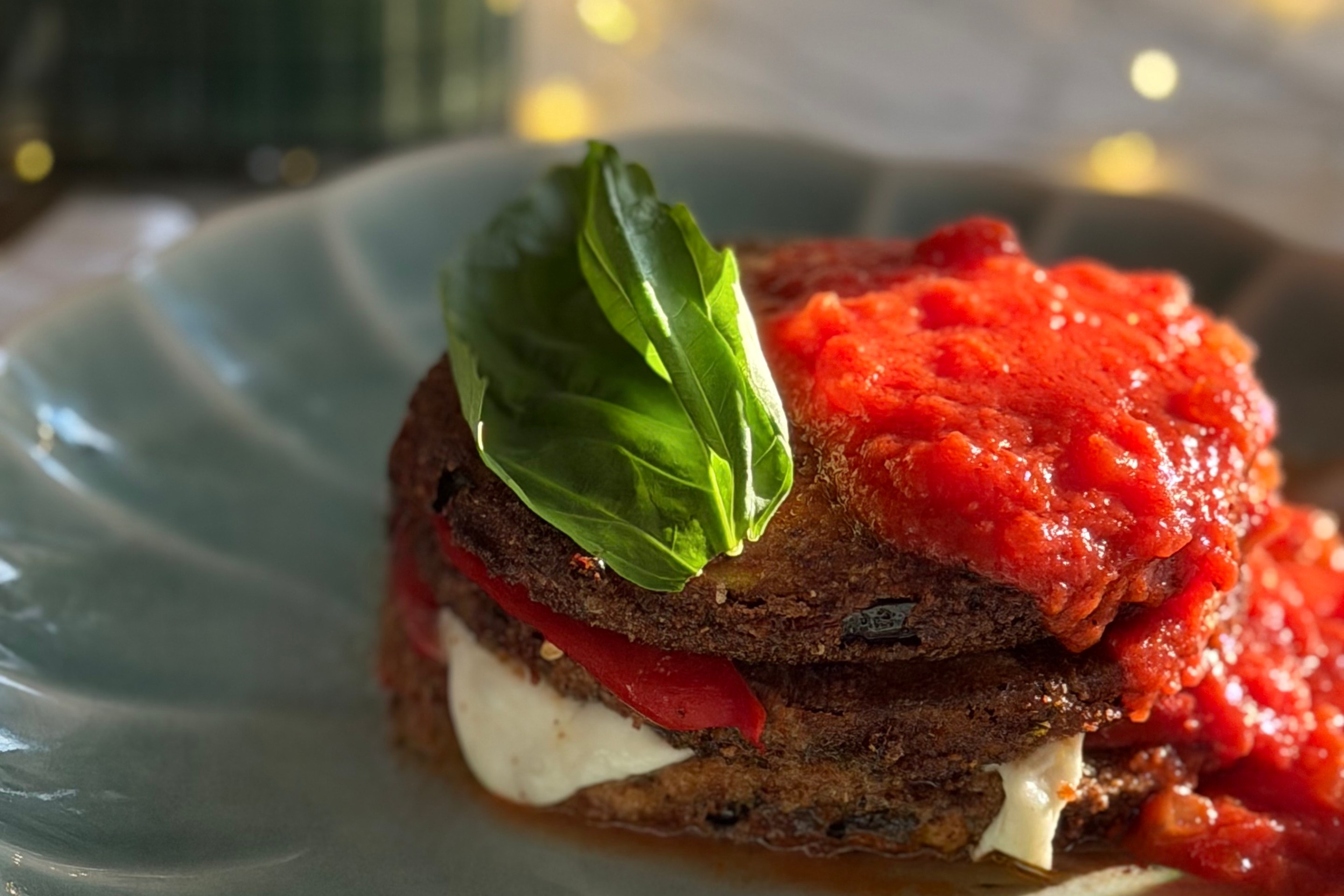Flour, salt, water, and a touch of olive oil. Mix it with fresh or active dry yeast, and soon, you have soft, elastic dough balls ready to become something amazing. Whether you use a pizza stone for extra crunch or prefer a thin crust, I can tell you that the way pizza cooks—the heat, the timing, even the flavor—depends a lot on the pizza oven you use.
Just as a commercial dishwasher keeps a restaurant running smoothly, the right pizza oven turns simple ingredients into your favorite pizza with the perfect crisp and golden brown edges.
So, which oven should you use? Wood-fired, electric, or gas? Each has its strengths, and choosing the right one depends on what kind of pizza experience you're after.
What Makes the Perfect Italian Pizza?
I've seen, tasted, and made many pizzas, and I can say that the best pizza is all about balance. The crust should be light and airy on the inside, crisp on the outside, and with just the right amount of chew. The ingredients should be simple and high-quality—San Marzano tomatoes, fresh mozzarella, a drizzle of extra virgin olive oil, and maybe a few basil leaves.
And most importantly, it needs heat. High heat. Italian pizzas cook fast—sometimes in under 90 seconds—because that intense heat creates the perfect texture and those little charred spots that add so much flavor.
Now that we’ve set the pizza standard let’s get into what makes each type of oven unique.
Wood-fired Pizza Ovens
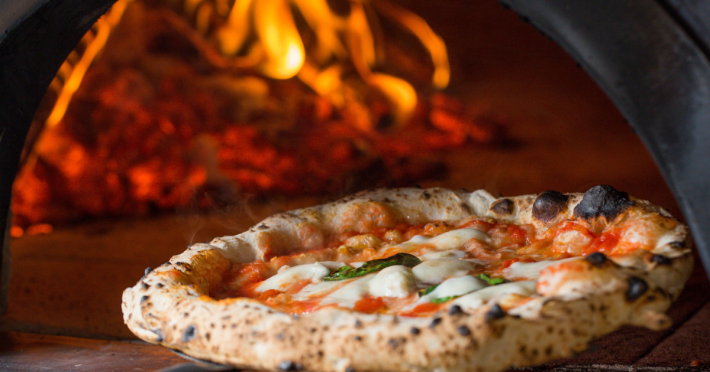
If you've ever walked past a pizzeria in Italy, you’ve probably caught a whiff of something so irresistible that it instantly pulls you in—the unmistakable smell of wood-fired pizza cooking. The best part? That smoky aroma, paired with the slight char of the crust, is just the beginning of what makes a wood-fired oven the true heart and soul of any pizza.
Unlike electric or gas ovens, this traditional outdoor pizza oven uses wood as fuel, allowing it to reach higher temperatures—sometimes over 800°F. Its dome shape and bricks retain heat, cooking the pizza fast and evenly.
That said, wood-fired ovens are high-maintenance. You have to manage the fire, control the temperature, and wait for it to heat up. They also take up space and can be pricey, especially if you go for a built-in model.
If you love the process and want the most authentic Neapolitan-style pizza experience, though, it’s totally worth it.
Electric Pizza Ovens
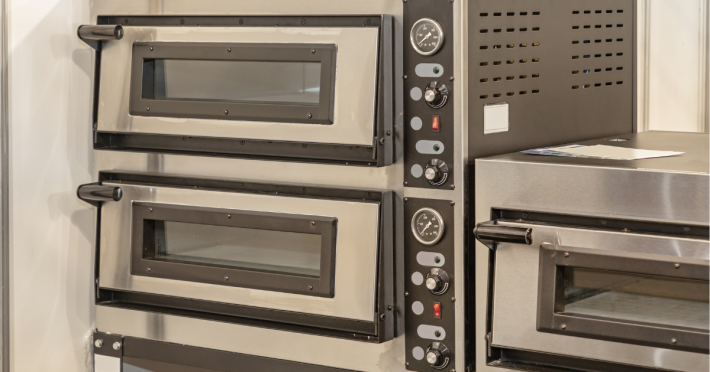
Unlike its fiery sibling, an electric oven is all about accuracy. No guessing, no need to burn wood, no rotating your pizza—just the click of a button and a carefully regulated temperature will do the trick.
It lacks the rustic aesthetic, but it makes up for it in consistency. There are no burnt edges or hot spots, only perfectly melted cheese and a golden-brown crust every time.
Additionally, your pizza will take longer to cook in an electric oven since it cannot reach the same temperature as a gas or wood-fired oven. While its maximum temperature is 500°F—which is lower than what's ideal for traditional Neapolitan-style pizzas and can't give you that signature wood-fired char—an electric pizza oven is a solid option if convenience is your top priority.
Gas Pizza Ovens

There’s something incredibly satisfying about the ritual of making pizza on your own—the stretch of the pizza dough, the scatter of fresh toppings, and the anticipation as the oven roars to life. But honestly, not everyone has the patience to build and tend a roaring fire just for a few crispy slices. Cue: gas pizza oven—the solution to effortless, high-heat perfection.
Yes, a wood-fired oven brings history and is undeniably charming—crackling flames, a smoky flavor and aroma that regular ovens can't mimic, and the blistered crust kissed by fire. But let's be real: not everyone has the space, patience, or, frankly, the firewood supply to make it happen. That's where electric pizza ovens come in, your assistant in modern pizza cooking.
The Ooni Koda 2 Max gas-powered outdoor pizza oven.
Unlike its wood-fired cousin, a gas oven doesn't ask you to wrestle with logs or wait endlessly for the right temperature. It heats up fast—sometimes in as little as 15 minutes—and delivers consistent, high temperatures, so you're not playing a game of hot spots and cold patches. This results in a beautifully blistered crispy crust, molten cheese, and toppings that char just enough to bring out their best flavors—all without breaking a sweat.
And a gas pizza oven doesn’t demand a sprawling backyard or a degree in fire management. Whether it's built into a sleek outdoor kitchen or perched on a patio, it’s a plug-and-play dream for pizza lovers who crave speed without sacrificing quality. And for those who like options, some models even have wood-and-gas hybrid capabilities, letting you switch between the ease of gas and the smokiness of wood, depending on your mood (or your level of patience that day).
It’s the modern way to make pizza: fast, consistent, and just as delicious. No smoke in your eyes, no waiting around. Just crisp, bubbling perfection—on demand.
So, Which One is Best?
If you ask ten pizzaiolos which oven makes the best pizza, you’ll get ten different answers—each delivered with the kind of passion usually reserved for football rivalries or family recipes. Truth is, the best oven depends on your personal preference.
If you love tradition, go with a wood-fired pizza oven. It’s romantic and theatrical, and when done right, it produces that signature Neapolitan char—the kind that makes your crust sing and wows customers coming into your pizzeria. But it demands patience, skill, and a willingness to dance with the flames.
For precision, a gas oven is your best bet. It heats fast, stays consistent, and still delivers the high heat you need for an authentic, crispy-yet-chewy base. The only thing you need to consider is installation, as it needs access to a gas line or propane tank, which might not be ideal for every kitchen.
Lastly, an electric oven keeps everything simple. It’s precise, easy to control, and works wonders for those who prioritize an even bake over the drama of an open flame. You won’t get the same charred kiss of a wood fire, but for many, the trade-off is worth it.
Final Thoughts
If you’re chasing the soul of a true Neapolitan pizza, it’s wood-fired, no contest. But if you want efficiency without sacrificing quality, gas is your go-to. And if you’re after clean, controlled perfection, electric has its place.The real secret? It’s not just the oven. It’s the hands that shape the dough, the ingredients you choose, and the love that goes into every single slice. Master all these elements, and you'll be running a busy restaurant and cozy pizzeria successfully or perfecting your homemade dough in no time.
Appetito may earn commissions from products featured in links to this story.
